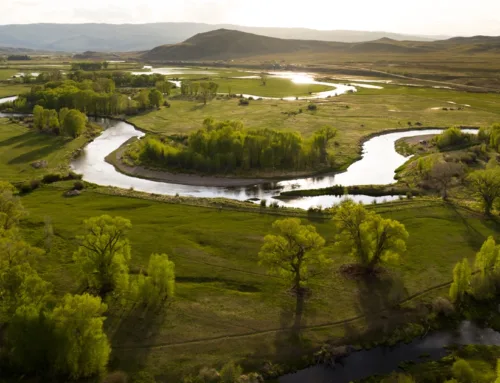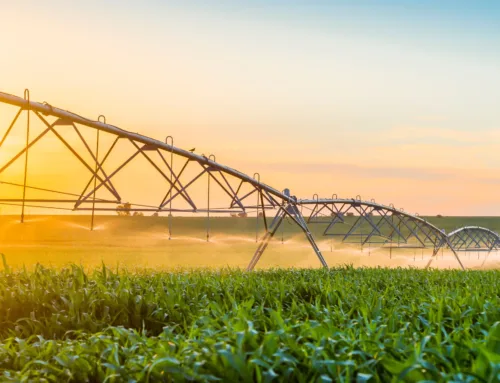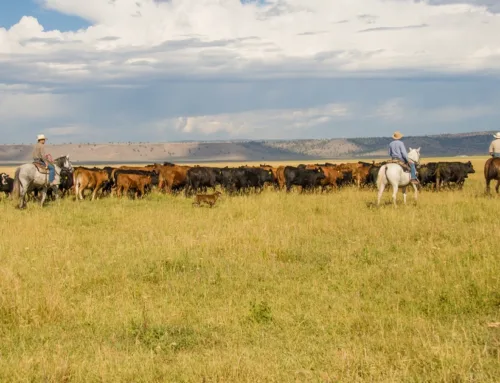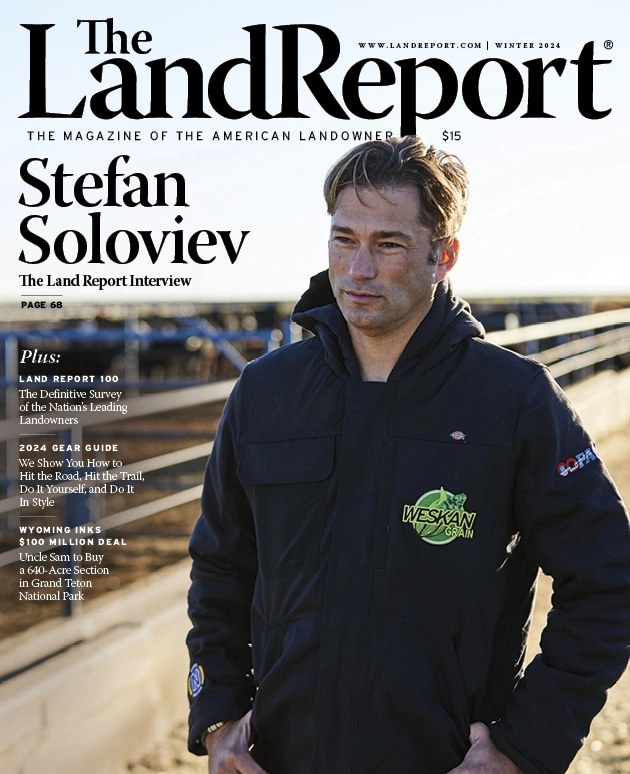How Can Landowners Make Money from Carbon Credits?
How Can Landowners Make Money from Carbon Credits?
By Bill Briggs
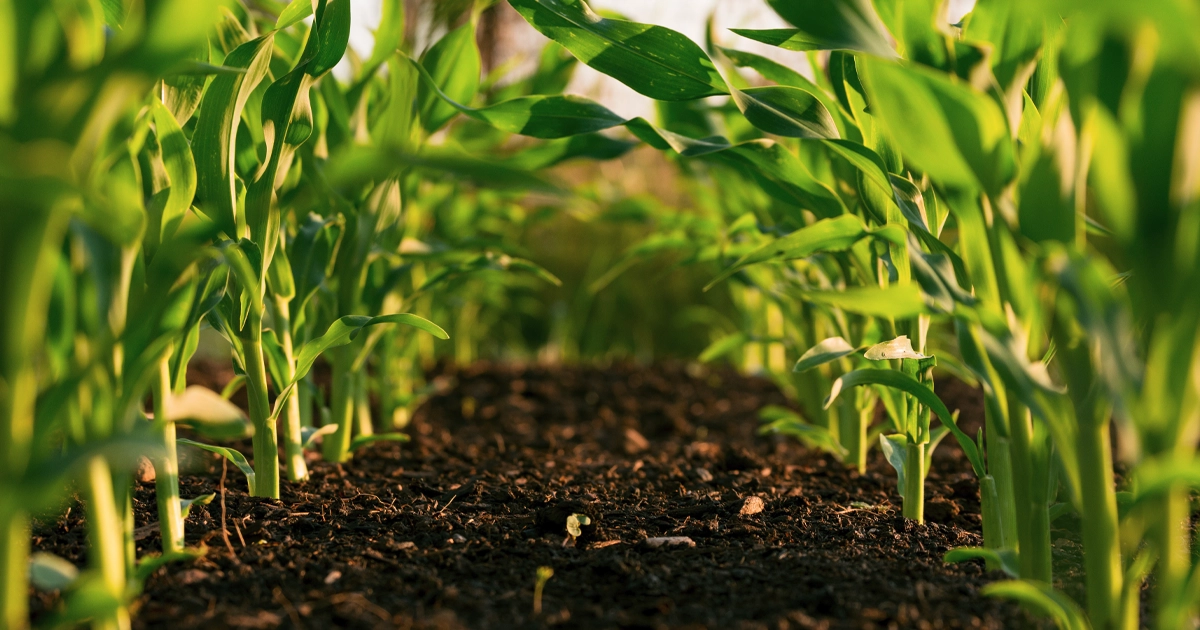
LR_CarbonCredits-02
Reducing greenhouse gases is advantageous for all. As a landowner, adopting carbon offset methods can provide additional income without making substantial changes to your land, as it already naturally stores carbon. Scientists suggest that soils, particularly in agriculture, have the potential to sequester over a billion additional tons of carbon annually.
Emitters of greenhouse gases are required to comply with government regulations to reduce emissions. These corporations are looking to pay landowners for carbon credits. For landowners interested in cultivating carbon credit revenue, we’ve rounded up fundamental questions with expert insight, to help break it down.
The Experts
- Joe Taggart, president of LandVest, the largest broker of institutional forestlands in the nation and an advisor to many landowners.
- James Clement III, vice president and general manager of grass and rangeland at EarthOptics, a soil data measurement and mapping company.
- Josh Strauss, senior vice president of natural climate solutions at Anew Climate, which develops carbon offsets and provides businesses with products that reduce carbon emissions.
- Jamie MacKinnon, senior vice president and leader of agri-carbon business at Anew.
What’s my property’s carbon potential? And how can I boost that potential?
Much depends on the size and composition of your acres. Are they primarily forestland, farmland, grassland? A mix?
For timberland owners, the species of trees dictate the carbon quantity.
“Not all trees are created equal,” Taggart says. “Trees that weigh more have more carbon in them.”
Hardwoods like oak and maple contain more carbon than softwoods like Douglas fir and juniper. For a baseline understanding: The typical American forest stores 79 tons of organic carbon per acre, according to the U.S. Department of Agriculture.
Sequestering timber carbon broadly means not harvesting large swaths of forest. However other strategic steps can pump up the carbon volume.
“Longer rotations, lighter touch silvicultural practices, and retention of dead and dying wood – to the extent that safety allows – will significantly increase the accumulation of forest carbon,” Strauss says. “The ultimate goal and commitment of the owner is to maintain and increase carbon stocking levels over time.”
For some forestland owners, the most meaningful change involves limiting the options for how their land is managed in the future – even as the value of their existing timber stocks rises over time, Strauss says.
Away from the trees, creating carbon projects on grazing land or cropland can require more work.
Grasslands, for example, can store up to 4 metric tons of CO2 per acre per year when ranchers adopt regenerative grazing methods, such as brief durations of high livestock densities spaced between long periods of forage rest.
“Not only are we proving that livestock are good for the land, but they’re actually speeding up this carbon process,” Clement says. “They’re making land healthier. When you run livestock on it, they’re replicating as close as possible the historic bison range lands.
“Yes, we now have fences and houses and roads. And we have cattle instead of bison. But if you manage your place similar to how it was done for thousands of years, you’re going to improve the soil,” Clement continues. “If the soil is healthier, you’re capturing more carbon.”
Soil that needs repair benefits from cattle, horses and other livestock munching the grass, especially dormant grass. As animals pass that grass through their systems and back onto the ground – fertilizing as they roam – they infuse the soil with carbon, Clement says.
Similarly, by using regenerative agriculture techniques, U.S. farmers can increase the carbon in their soil to as high as 0.31 metric tons per acre per year, USDA estimates show.
“For farm owners, management practice changes can include a range of activities,” MacKinnon says. “These could be soil carbon improvements resulting from activities such as switching to low- or no-till farming, planting cover crops, manure application or application of soil amendments.”
What’s the first step to assess my property’s carbon promise?
“Get the data,” Clement says.
Carbon-quantifying techniques differ widely when evaluating forestland versus grazing land or cropland, and several companies specialize in those distinct property types.
EarthOptics, for example, offers soil-carbon measurement and mapping, with clients spanning agriculture, ranching, and timberland. Anew, meanwhile, tracks sequestered carbon in tree growth for forest owners and has also conducted more than 100,000 soil-carbon samples on U.S. farms.
How do they measure carbon in the trees?
Crews manually measure trees to capture their height, taper, diameter, and density. They also compile an inventory of the various tree species on the property.
“Then you extrapolate that across the forest stand,” Taggart says.
“These plots are very data-intensive, and the data takes a long time to collect. You may have multiple people deployed in a forest, anywhere from a two- to a 10-person team,” he adds.
New technology is helping. Anew employees use a method called LiDAR, which stands for light detection and ranging. LiDAR uses GPS, a laser scanner, and a navigation system to generate high-resolution models of ground elevations with high vertical accuracy.
“We have recently been exploring drone- and backpack-based LiDAR inventories to measure forest attributes typically collected via manual inventory … (to provide) a full, three-dimensional model of the forest,” Strauss says.
“The datasets we compile contain precise measurements of individual tree heights, diameters and defect levels, along with tree cores and a variety of information on forest health, regeneration rates and merchantability,” Strauss adds. “When all the manual and remote-sensed data are combined, we can accurately quantify the carbon present in the forest and the carbon sequestration that occurs over time.”
How do they measure carbon in the soil?
Before EarthOptics techs go to a client’s property to sample the soil, they build a satellite-image study and a map to gain a sharper understanding of the terrain, soil type, and management practices. Then they plot strategic, GPS coordinates across those acres, Clement says.
The company employs former NASA and SpaceX imagery experts as well as soil scientists and agricultural experts.
Field techs arrive on-site with a small tractor or utility vehicle that carries them to their various map coordinates. They use a machine to punch thumb-sized holes in the soil to depths of 30 centimeters and 1 meter. They extract samples that are sent to a lab and analyzed to quantify the carbon.
In addition, EarthOptics uses ground-level sensors and machine learning (a type of AI) to create real-time data maps that detail soil compaction, moisture levels, nutrients – and carbon sequestration.
“We’re very respectful of the land,” Clement says. “You would never know the field techs had been there minus a few tire tracks and some very small holes poked in the ground.”
When should I expect the results?
Timing can differ by company.
EarthOptics clients receive their data “within about 12 weeks,” Clement says. “It’s going to say: ‘This is the amount of carbon being cached on your place.’”
That data is considered accurate for one year.
Anew’s agricultural clients get their initial assessment within a month of providing historical data on their farming practices as well as indicating the regenerative practices to which they are committing, MacKinnon says.
“This assessment provides landowners with a best estimate of potential carbon revenues before they commit to a carbon project,” MacKinnon says.
Anew later provides clients with a precise analysis of the carbon is sequestered in their soil. That requires the company to complete soil testing the following year, enabling it to compare current carbon measurements with the previous year’s results, MacKinnon adds.
Anew’s forestland clients, on the other hand, get their carbon results in at least 10 to 12 months, allowing for due diligence, GIS mapping, data collection, and modeling. It can take an additional year before carbon credits are issued and sold, Strauss says.
Does the carbon measured on my land need to be formally certified? Who does that?
Yes, certification is a crucial part of the process, turning those metric tons into carbon credits and carbon offsets that earn revenue.
An independent verification registry can confirm the carbon data collected from your property.
Popular registries include Vera, Climate Action Reserve (CAR), and American Carbon Registry (ACR).
Sounds complicated. Are there companies that can help me through this process?
Yes. Anew is a prime example. It helps clients design carbon programs, supports the operation and verification of their projects, and markets their carbon credits to its buyer network.
To generate carbon credits, a landowner must enroll specific acres in a carbon project. Anew works with some landowners who enroll every acre they own, and others who enroll only a small portion as a pilot project, Strauss says.
For ag-carbon projects, Anew guides clients through the generation of credits, which are based on measured or modeled, year-over-year increases in soil carbon plus the avoidance of both carbon dioxide and nitrous oxide emissions. All those improvements must be “caused by an eligible change in farming practices,” MacKinnon says.
The same holds true for forestland owners. Those seeking to generate carbon credits must show that their management practices “represent a clear departure from a business-as-usual scenario (used by) typical landowners in the region,” Strauss says.
For timber clients, Anew evaluates a forests’ stocking, age and species plus other data to perform intricate calculations that meet the distinct standards of voluntary and compliance carbon offsets.
Voluntary carbon projects are subject to the rules and protocols as designated by nonprofit offset registries like Verra, ACR and CAR.
Compliance carbon projects, meanwhile, are highly regulated and subject to the California Air Resource Board’s cap-and-trade regulation.
How are the compliance and voluntary carbon markets different?
Compliance markets are created through – and regulated by – legally binding emission-reduction targets set by international, national and regional agreements. And in these markets, companies that are legally obligated to offset their emissions accomplish that by buying carbon credits.
In the U.S., California operates its own carbon market and has been selling credits for around $30 in recent months.
Voluntary carbon markets are independent and cater to organizations and people who buy credits because they choose to offset their emissions but are not mandated to do so. Voluntary markets like Nature Based Offset and Aviation Industry Offset have been selling credits priced at or under $2 in recent months.
What expenses might landowners face?
“It costs a lot of money to get a carbon project off the ground, both in terms of the analytical work and modeling and the regulatory work that goes into it,” Taggart says.
In simple terms: You reap what you sow. The more a landowner improves how they manage their acres, the more carbon they will store and the more revenue they will earn.
Soil sampling is expensive. And carbon projects periodically require independent verification to ensure they remain compliant with the terms of the original agreement. In the ensuing years, auditors must visit the site to re-quantify how much carbon is being stored in the ground or the trees.
“That cost is borne by the landowner,” Taggart adds.
This is, however, unless that landowner is working with a carbon development company.
“Developers are going to pay you for everything,” Clement says. “They’re de-risking this for landowners.”
All that gets sorted out shortly after a buyer purchases that landowners’ carbon, Strauss says.
Here’s the basic sequence: After Anew receives payment from the buyer, the company shares a settlement statement with the landowner. The statement lists the project’s revenue and costs.
Project expenses – including inventorying and verifying the carbon – are deducted from the initial credit sale.
“Once Anew’s expenses are recouped,” Strauss says, “we distribute revenues to the landowner.”
Glossary
As you further explore carbon, below is a glossary of key terms and concepts to keep handy:
California Air Resources Board: California’s lead agency for climate change programs and air pollution control efforts; administrator of the state’s cap-and-trade program.
California Carbon Market: The only U.S.-based compliance carbon market, part of California’s cap-and-trade program.
Cap-and-Trade Program: A regulatory system in which a government sets limits for industrial greenhouse gas emissions and issues emissions allowances based on that limit.
Carbon: A shortened version of “carbon dioxide,” often used in relation to carbon storage or carbon markets.
Carbon Allowance: The amount of greenhouse gas an entity has the right to emit, issued by the government under a cap-and-trade program.
Carbon Capture: The process of trapping carbon dioxide at its emission source, removing it from the atmosphere.
Carbon Certification: A process of verifying the amount of carbon being offset by a carbon project.
Carbon Credit: A transferable or tradable permit, certified by governments or independent bodies, allowing the holder to emit a certain amount of carbon dioxide or other greenhouse gases.
Carbon Dioxide: An odorless, colorless, heat-trapping gas found in the atmosphere, produced when any fuel containing carbon is burned. It is also a byproduct of breathing.
Carbon Dioxide Equivalent or Co2e: The number of metric tons of carbon dioxide emissions with the same impact as one metric ton of another greenhouse gas.
Carbon Emissions: The release of carbon dioxide into the atmosphere over a specified area and period of time.
Carbon Footprint: The total greenhouse gas emissions caused directly and indirectly by a person, organization, event or product.
Carbon Insets: Practices that reduce a business’s carbon footprint within its supply chain but that fall beyond its direct operations.
Carbon Inventory: The calculation of an entity’s direct and indirect greenhouse gas emissions.
Carbon Market: A trading system through which carbon credits are issued, bought and sold.
Carbon Negative: When an entity’s carbon dioxide emissions are less than zero, meaning the entity is removing more carbon dioxide from the atmosphere than it is emitting.
Carbon Offset: An activity reducing greenhouse gas emissions or increasing carbon storage, performed to compensate for greenhouse gas emissions occurring elsewhere.
Carbon Positive: When an entity’s carbon dioxide emissions are greater than zero.
Carbon Sequestration: The process of capturing and storing atmospheric carbon dioxide in plants, soil and trees.
Carbon Sink: Anything natural or otherwise that absorbs and stores more carbon dioxide from the atmosphere than it releases, such as plants, soil or the ocean.
Carbon Stocking: A forest’s capacity to store carbon dioxide in roots, trunks and branches.
Carbon Storage: The total amount of carbon dioxide contained in trees, soil or vegetation.
Carbon Tax: A government-imposed fee an entity must pay for each ton of greenhouse gas emissions it produces.
Compliance Carbon Markets: Trading exchanges created through legally binding emission-reduction targets as set by international, national or regional agreements.
Greenhouse Gases: Carbon dioxide, methane and other gases that absorb infrared radiation and trap heat in the atmosphere.
Net Neutral or Carbon Neutral: Achieving a balance between the amount of greenhouse gases emitted and the amount of greenhouse gases absorbed from the atmosphere and stored in a carbon sink.
Verification Registry: An independent organization that certifies carbon data collected from a property.
Voluntary Carbon Markets: Decentralized trading exchanges where private entities buy or sell carbon credits that represent certified removals or reductions of greenhouse gases.


